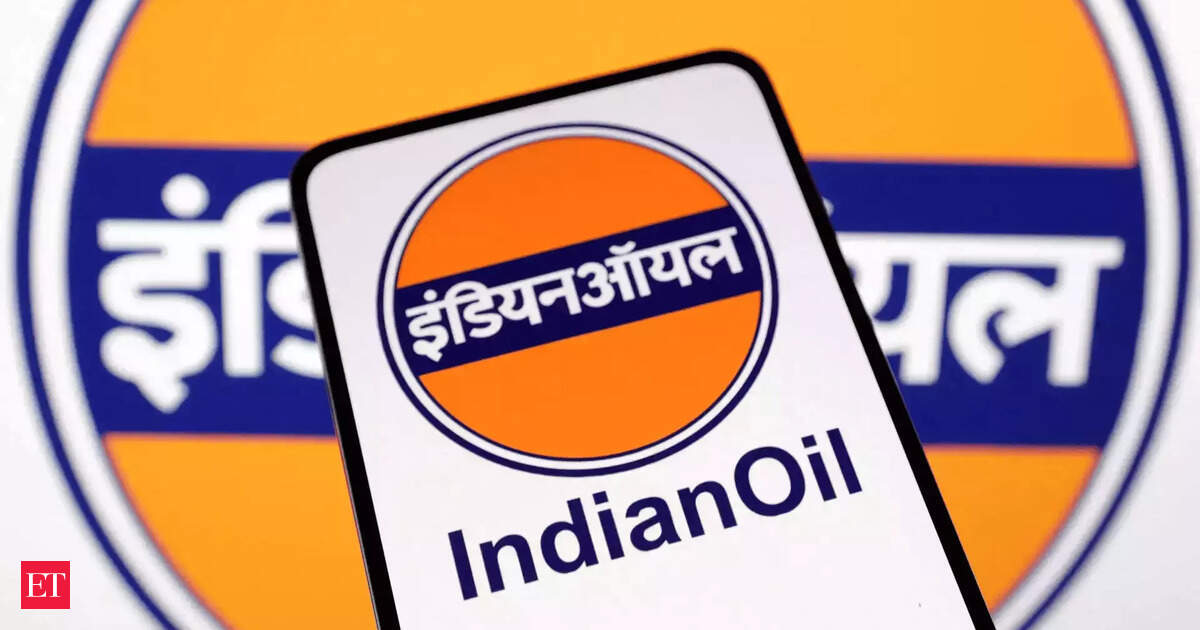Now Reading: Indian Oil to Begin SAF Production This December
-
01
Indian Oil to Begin SAF Production This December
Indian Oil to Begin SAF Production This December

Speedy Summary
- Indian Oil Corporation, India’s largest refiner, will begin enduring aviation fuel (SAF) production in December at its refinery in Panipat, Haryana.
- The SAF production unit has an annual capacity of 35,000 tonnes and aims to satisfy India’s international airline blending requirements by 2027.
- India’s phased SAF mandate requires a blending target of 1% with jet fuel for international flights by 2027 and 2% by 2028.
- Currently, SAF is nearly three times more expensive than conventional aviation turbine fuel (ATF), but airlines must comply with the mandate regardless. Indian Oil may explore export options if domestic consumption remains limited.
- Used cooking oil (UCO) will be the primary feedstock for producing SAF at Panipat; India has sufficient UCO supply largely collected from hotels and restaurant chains through existing networks.
- the Panipat facility has acquired ISCC CORSIA certification for commercial-scale SAF production using UCO-Indian Oil is the only certified producer in India currently.
Indian Opinion Analysis
The commencement of sustainable aviation fuel (SAF) production by Indian Oil signifies a key step towards decarbonizing India’s aviation sector while aligning with global sustainability targets. The strategic use of used cooking oil as feedstock demonstrates resource efficiency and addresses concerns over feedstock scarcity while leveraging existing supply networks within the country.
Meeting the ambitious domestic blending mandates might present cost challenges due to higher prices compared to traditional fuels; however, mandatory compliance ensures demand stability from airlines operating international routes. By planning exports for excess output and acquiring ISCC CORSIA certification,Indian Oil positions itself well for both regional leadership in cleaner fuels and potential access to global markets seeking green solutions.
While this initiative underscores India’s commitment to reducing its carbon footprint per its climate goals, long-term scalability hinges upon government support policies like subsidies or incentives that mitigate cost barriers for widespread adoption without burdensome financial impacts on end users like airlines or passengers.























